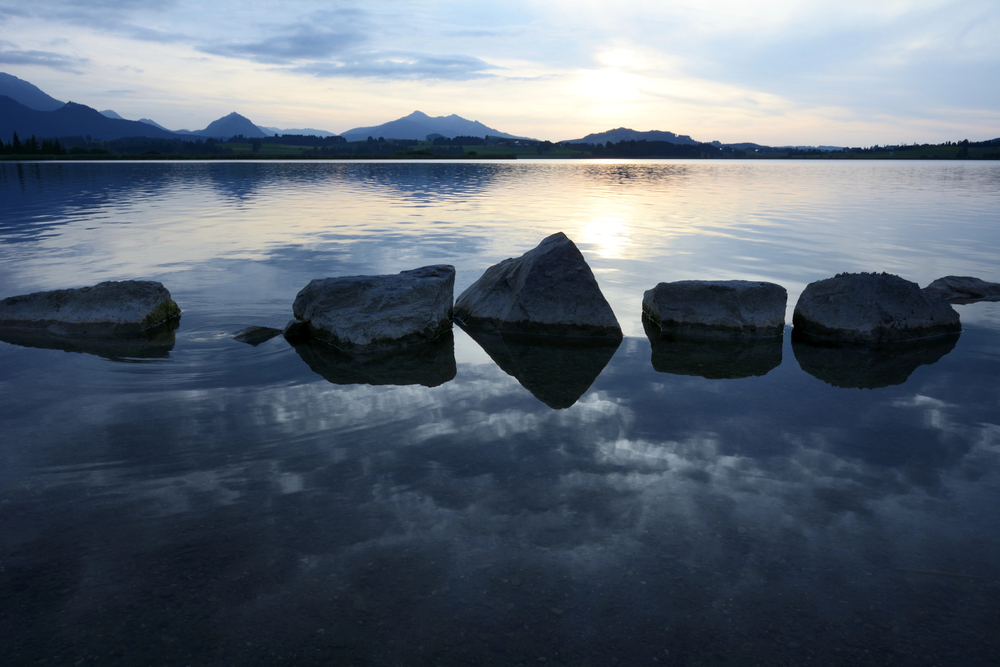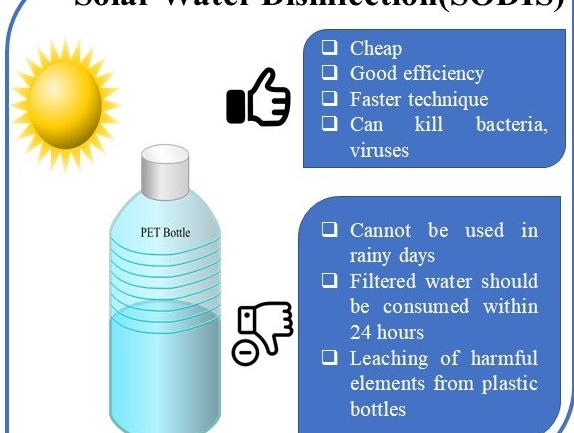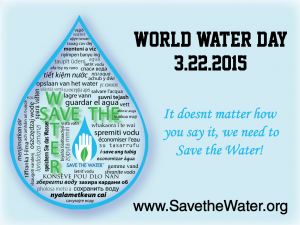By Caroline Majewski, Publishing Associate: Researcher and Writer at Save the Water™ | April 23, 2024
Groundwater and Its Impacts
Rain and surface water filter through the ground and into the soil until it reaches rock material called bedrock. Then, the water gathers in spaces between the rocks. Lastly, this creates a space of collected water. This saturated space below the water table is called groundwater.
The groundwater may stay in place for a short time or be hundreds of years old. As a result of the water’s depth, it can also be hard to locate.
What is Groundwater Used for?
About 30% of the Earth’s water is groundwater. Meanwhile, 68% of Earth’s water resides in glaciers and ice caps. Importantly, 50% of people in the United States use this as drinking water. However, agriculture and irrigation use up the most water.
Humans use structures such as wells to access the water beneath the Earth’s surface. Wells pierce the zone where water is held under the earth and pull water up for human use.
Consequently, if we take water at a faster rate than it can naturally refill, it can create a ‘cone of depression.’ This effect can change how the groundwater flows and might temporarily run dry groundwater in the area.
Real-Life Impacts on Groundwater
Companies are a large reason why groundwater is being drained at a high rate. For example, although Nestle has lowered its annual withdrawal, the company still took 96 million cubic meters of water in 2023.
These dry cones and excess water use are important to stop for many reasons:
- Groundwater management is rarely applied.
- Human consumption is increasing.
- Wildlife only gets leftover water after human use.
- Some impacts may be permanent (like loss of habitat and species).
New technologies are being used to map out groundwater to prevent these impacts.
New Study on Groundwater Use
Groundwater is critical for many different parts of our lives. It’s key not to overuse or abuse this source.
SUNY College of Environmental Science and Forestry partnered with the University of California Santa Barbara, Cardiff University, and Desert Research Institute to study and examine the groundwater and wildlife across California.
This study used “satellite imagery and groundwater monitoring data to see the thresholds of groundwater depth and seasonal change that can support sensitive ecosystems throughout California under the state’s Sustainable Groundwater Management Act framework” (SUNY, April 2024, para. 2).
In short, the study’s purpose was to find data on how seasonal change and human use impact groundwater levels. Furthermore, they wanted to see how this ties into nature. With their results, they shared the data so people can better manage water resources. In turn, this will help improve conservation practices in the future.
Study Details
This study used data images from the Landsat satellite ranging from 1985 to 2022, along with groundwater data from the state. By looking at the impact on plant communities, they hoped to develop metrics that can be used in many places.
As a result, the use of data over such a long time and wide area provided unique insights:
- Made relevant analyses for the area studied, as well as other areas
- Highlighted places weakened by groundwater change
- Showed how people can better manage and use the water to help restore the source
Study Results
They found that plants were healthier when groundwater levels were within roughly one meter of maximum root depth. Moreover, they also found that the roots of plants gave a good estimate of the groundwater level at certain times. In short, they showed which water levels made for a healthy space.
Habitats dependent on groundwater didn’t suffer as much during droughts if there were enough groundwater reserves. This included plant and animal life. Even so, there was evidence that these areas suffered in the 2012 to 2016 drought. Furthermore, this provided insight into how this event impacted nature.
This study is a great point of reference for anyone who uses groundwater. In the future, people can use this research to better manage and be aware of its effects on our ecosystem.
As an individual, it’s often hard to know what to do. However, some practices can make a difference.
- Use barrels to collect rainwater for later use
- Take shorter showers or shut off faucets when not in use
- Reduce single-use plastic




